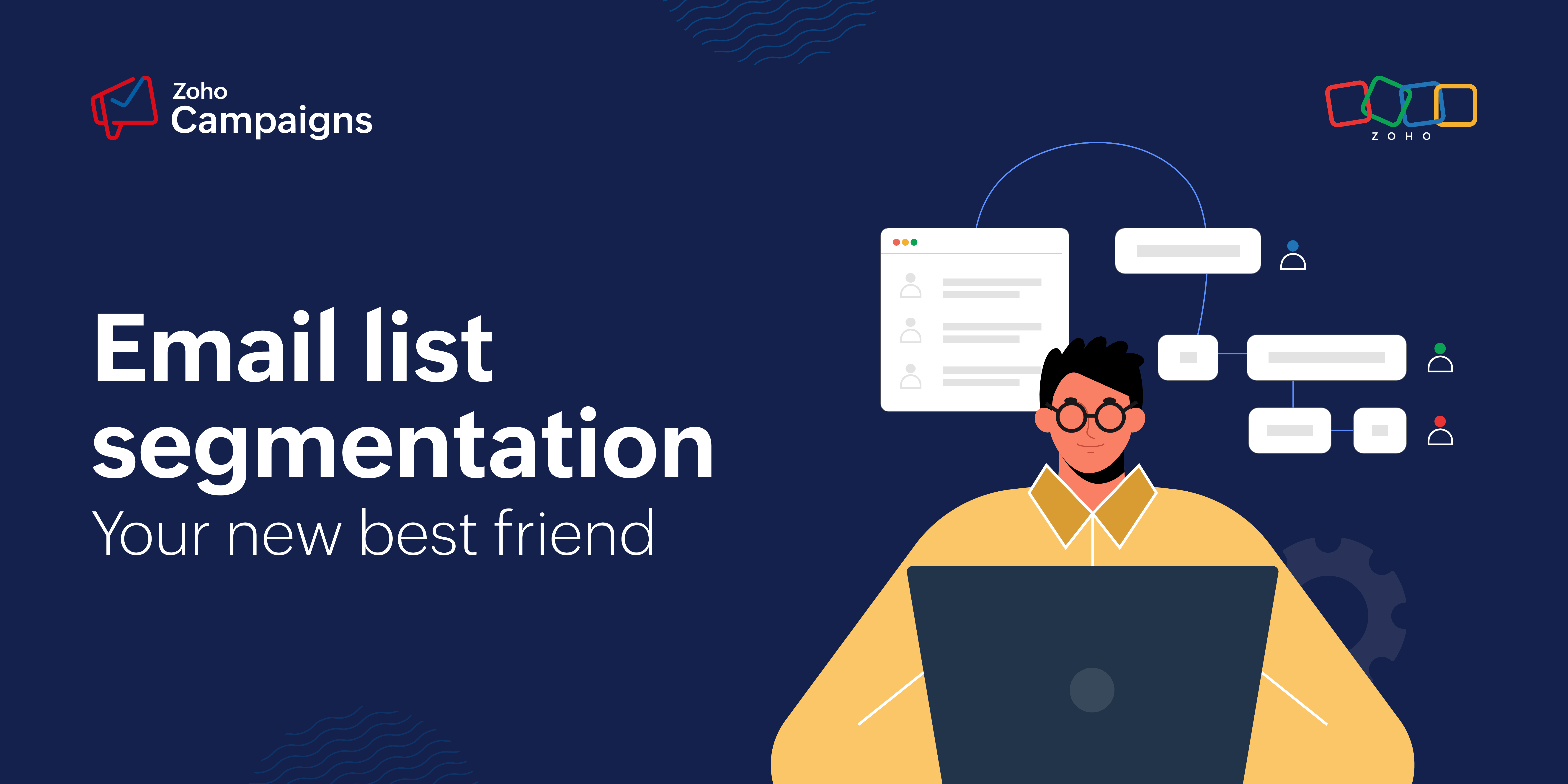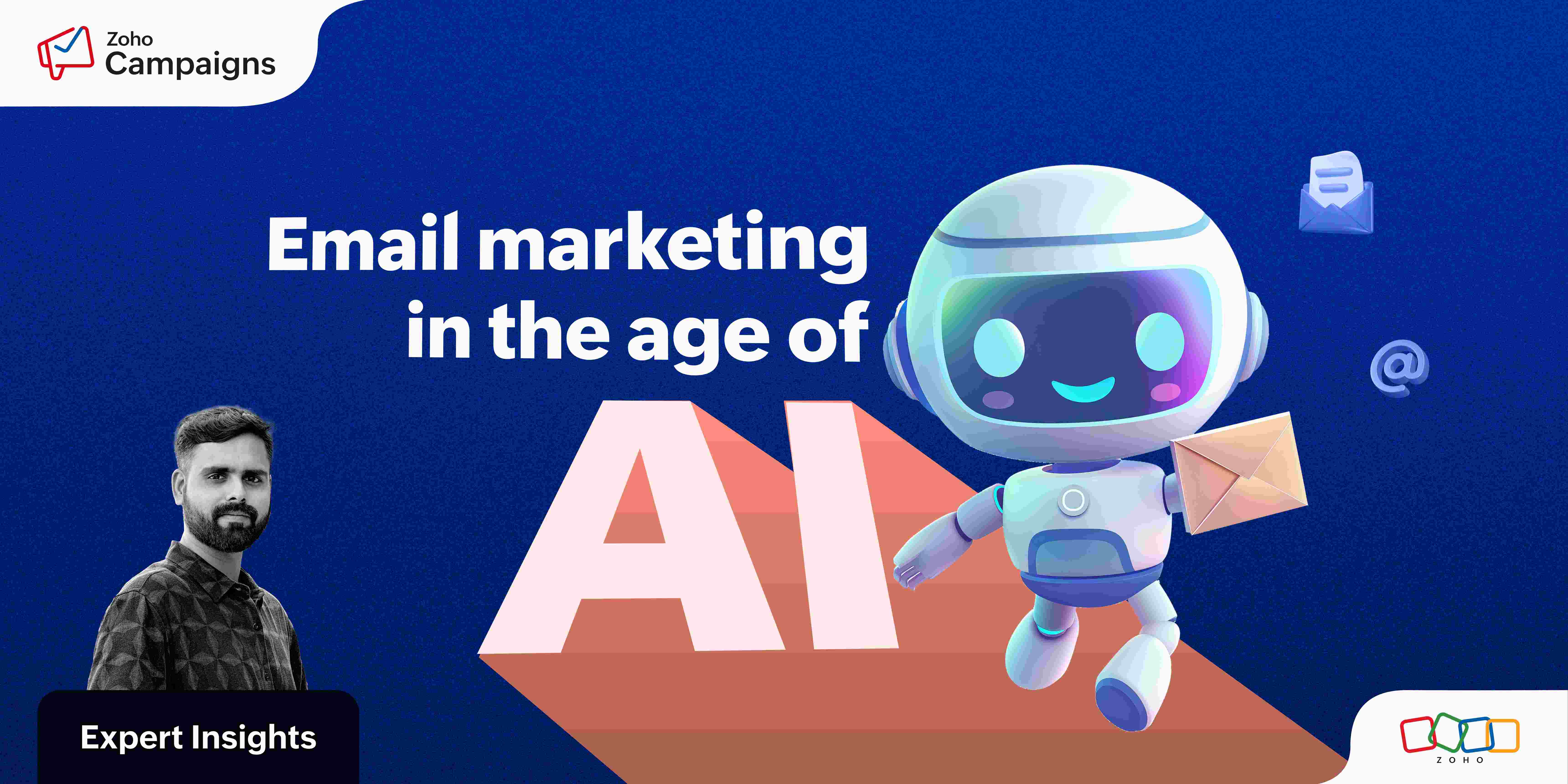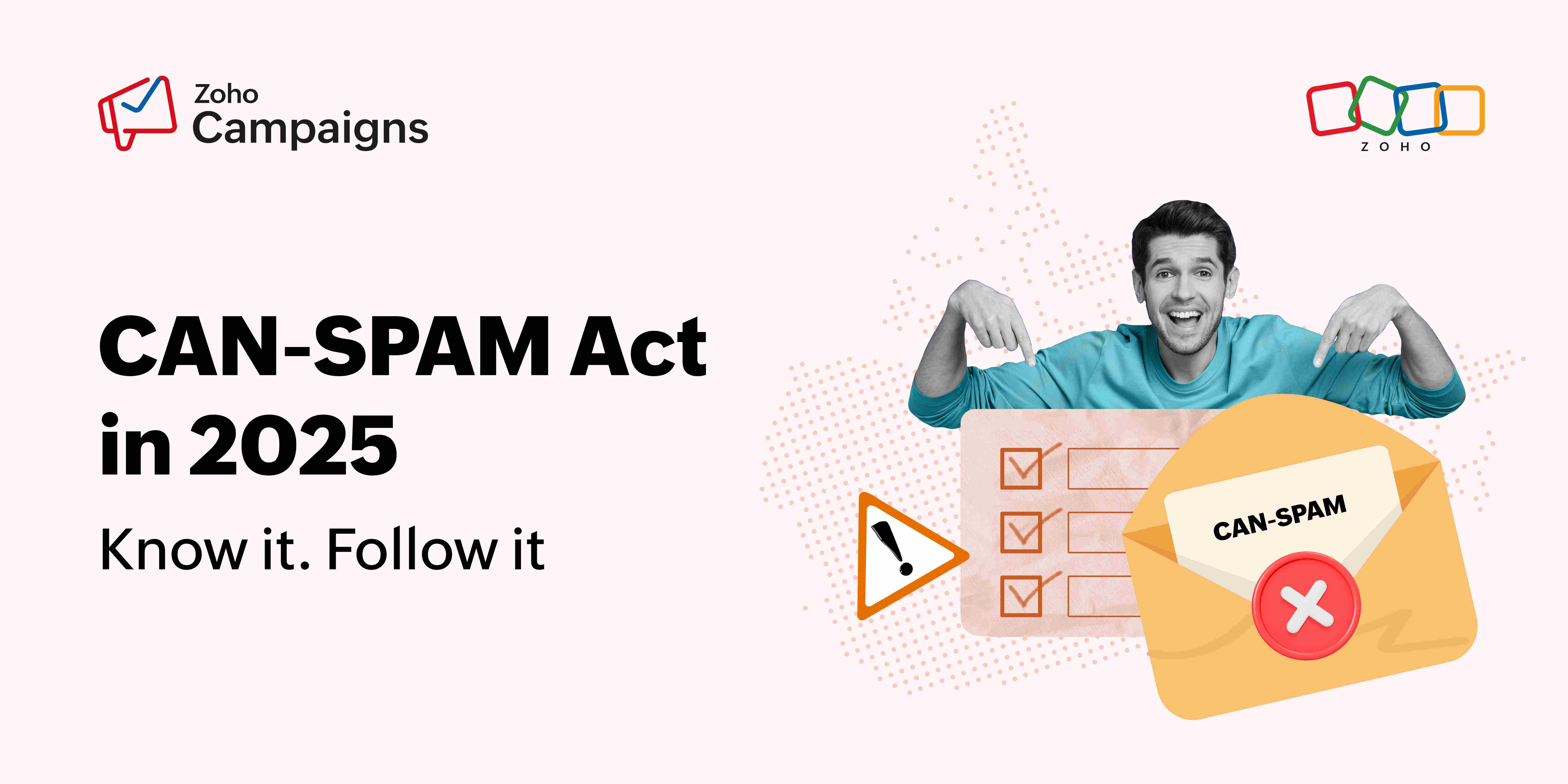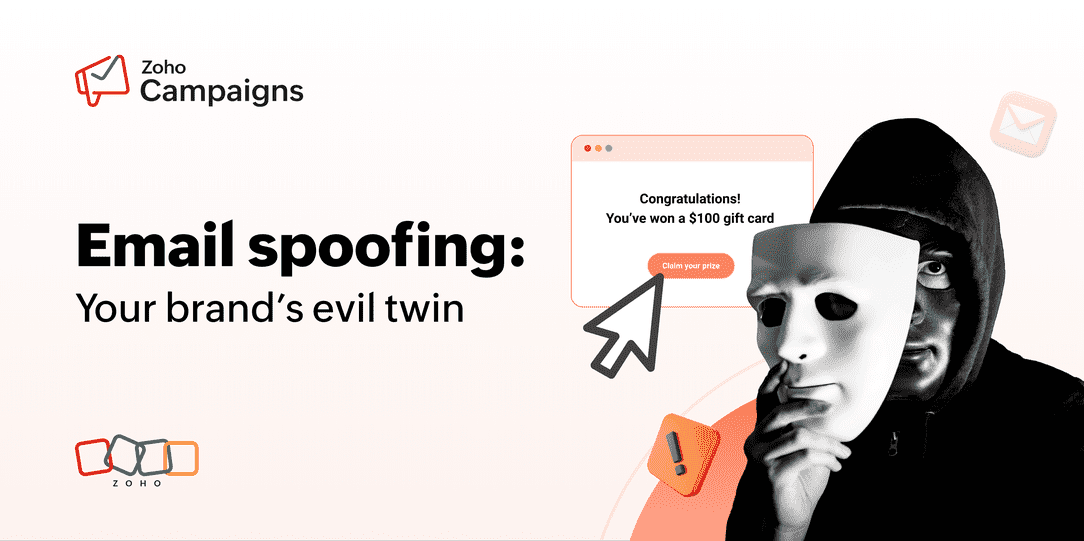- HOME
- Email Marketing
- Advanced email list segmentation strategies for highly effective campaigns
Advanced email list segmentation strategies for highly effective campaigns
- Last Updated : March 11, 2024
- 1.0K Views
- 6 Min Read

You put out a great lead magnet and got a bunch of people to give you their information and to consent to receiving emails from you. Great! Now you can send everyone all the emails you've ever written, and your audience will open every email and click "buy". Right? Right?
No, unfortunately. Common sense dictates that you should only send emails that your recipient would be interested in, and furthermore, current marketing trends say you should "personalize" and "target" your emails—but all of that's impossible to achieve when you have a few thousand contacts (or even a few hundred, for that matter).
So how can we as marketers send targeted and personalized campaigns that yield high ROI?
Meet email list segmentation—your new best friend.
What is email list segmentation?
Email list segmentation is the process of segmenting your email contacts into different groups so that you can send customized campaigns that address the specific needs of each group. In other words, segmentation helps you send the right message to the right audience at the right time.
Example: You're an apparel brand that caters to different segments. You know which of your customers have been buying baby clothes or maternity clothing. So when you send emails with exclusive offers on more baby and mother-related products to these customers, you know you'll have a higher open rate, click rate, and conversion rate.
Why you should segment email lists
Show them you care
Segments aren't meant to be set in stone; your audience can move between segments or be part of multiple segments, and you can use this opportunity to show the user how well you know them and how much effort you're putting into giving them exactly what they want.
Divide and conquer
Segmentation helps you avoid sending generic messages to everyone in your list, flooding their inboxes, and getting unsubscribed or spam reported because recipients find your emails irrelevant. Reduced unsubscribe and spam rates mean you get more opportunities to convert the same audience.
Increase your chances
Segmenting your audience into homogenous groups enables you to send personalized messaging that appeals to that specific group. Naturally, segmented campaigns receive higher open rates, click rates, and conversion rates. You can get high ROI on segmented campaigns compared to normal campaigns.
How to segment email lists
Dividing your contacts into segments involves understanding your audience at a deep level. Here's a step-by-step breakdown of how to segment your email list.
1. First things first
While there may be a hundred different ways to segment contacts, only you know how your organization works. Choose segments that make sense for your organization and your audience. For instance, a SaaS company might want to stay away from creating gender or lifestyle-based segments. Instead, product usage or job role-based segments would be much more helpful in this scenario.
It's also crucial to define why exactly you're splitting your contacts into these segments. Having an end goal in mind—such as a holiday-themed campaign—will help you create better segments suited to those goals. Creating extensive buyer personas will also help you segment your audience based on their demographics and pain points.
2. Get your facts right
The most important requirement for creating segments is having information about your contacts. There's virtually nothing you can determine from a mere email address; you'll need more data than that to be able to group your audience.
Use surveys, behavior patterns, purchase history, conversation notes from your CRM or helpdesk, and app or product usage data. Basically, any information you can get your hands on is data to create segments. Also, make sure all your data is accurate and up-to-date.
3. Build 'em up
Create your segments based on the criteria you defined earlier and the data you have on your contacts. You can either create your segments manually or use a tool like Zoho Campaigns, which helps create segments automatically based on a custom set of rules. You can also define criteria that enable contacts to move between segments as the campaigns run.
4. Fine-tune it
It's go time! Launch your campaigns with targeted messaging for each segment. Monitor the performance and optimize your segmentation strategy. Use personalization and A/B testing to enhance the effectiveness of your emails further. An email marketing automation tool can even help you identify the right time to send your campaigns to increase your open rates.
Segmentation strategies to increase campaign effectiveness
Geography
This is one of the simplest yet most effective segmentation criteria. When your campaigns are restricted by geography—for instance, if you're inviting guests from a specific region for the opening of a new store—you can use geographical segmentation to send emails only to users from that specific region, as they'd naturally be more interested in an event happening near them.
Behavior
How users interact with your product/website is a great way to segment them. An advantage to this type of segmentation is that you don't have to ask them to fill out a form to get this data—it's readily available already.
A good example of this type of segmentation would be segmenting your product's users into categories based on how much they use your product. Power users are those who use most or all of the product's features. You can then invite these power users to do beta testing when you have new features coming out.
Stage of buying journey
Let's say you're an agency that offers training to land management consultant jobs at the top consulting firms in the country. Users sign up on your website to learn about management consulting. You wouldn't directly ask them to sign up for your courses; you'd start by sharing useful resources, and as they inch closer to buying, you can offer more value in the form of case studies, and then finally pitch your course.
Therefore, the messaging you send your audience should be tailored to what they're expecting to hear from you in that moment. You can segment your users based on their stage in the buying journey and send them targeted emails that address their questions at that stage.
Industry
If you have different products for different industries, or if the same product is used across different industries, you can segment your audience based on their industry. You can then talk to each industry about their specific pain points and how your product effectively solves their problems.
Segmenting users based on industry and tailoring your content accordingly will also help you position yourself as an industry expert and help you sell more.
Demography
Demographics will help you segment your users under different categories, many of which will involve some overlap. The most common demographic segments are based on age, gender, education, marital status, family size, income, occupation, and lifestyle.
Every user can be in multiple demography segments. For instance, one user might be aged 25-30 years, married, have two cats, live in a metropolitan city, and make above the median income. You can send them emails relating to each of these segments, or even all of these segments. The easiest way to segment based on demography would be to connect your contacts to your buyer personas and segment them into a few major categories based on those personas.
Interests
Large companies often have multiple verticals, meaning their content will be spread across different topics. Not every user will be interested in every topic, and hence, you can segment users based on their interests. You can gather data about their content consumption and use it to send them the content that's most likely to resonate with their interests.
Past purchase history
History repeats itself; so why not use it to your advantage? When you analyze the purchase history of your users, you'll certainly find certain purchase patterns over the years. You can use this data to segment your users and send them mails reminding them to restock on their favorites or to place an order before their subscription ends.
Event attendance
A user who signs up for a webinar on "Segmenting email lists to run better campaigns" (meta much?) would definitely want to sign up for similar webinars in the future. Likewise, a customer who attends your annual user meetup would definitely like to be notified when a meetup happens again.
Events are a great way to both gain leads and nurture them. Segmenting your event participants and communicating with them about similar events will help you connect with your users and foster loyalty among them more effectively.
Want to effortlessly set up effective segments for your email campaigns?
 Vidhya Vijayaraghavan
Vidhya VijayaraghavanHi! I'm Vidhya, a storyteller and problem solver. I wholeheartedly believe that B2B content doesn't have to be boring.
When not writing or having a writer's block, you can catch me reading, puzzling, or volunteering.
I'm game for a conversation about anything, especially B2B SaaS marketing (and cats too!).



